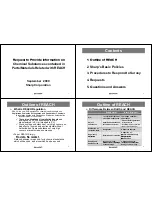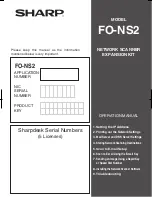
324
Copyright © Acronis, Inc., 2000-2010
Status
: The machine statuses—
OK
,
Warning
, and/or
Error
.
Last connection
(physical machines only): The period within which the last connection between
the machines and the management server occurred.
Last successful backup
: The period within which the last successful backup finished on each of
the machines.
Next backup
: The period within which the next scheduled backup will start on each of the
machines.
Operating system
: The operating systems that the machines run.
IP address
(physical machines only): The range for the latest-known IP addresses of the
machines.
Availability
(physical machines only): The types of the machines' availability—
Online
or
Offline
.
With the default filter settings, the report includes all physical machines.
Report view
Under
Report view
, choose how the report will look:
Select whether to show all items in a single table or to group them by a particular column.
Specify which table columns to show, and in which order.
Specify how to sort the table.
7.1.8.2
Report about the backup policies
In this view, you can generate a report about the backup policies existing on the management server.
This report consists of one or more tables.
Filters
Under
Filters
, choose which backup policies to include in the report. Only the backup policies that
meet all filter criteria are included.
Backup policies
: The list of backup policies.
Source type
: The type of data backed up under the backup policies—
Disks/volumes
and/or
Files
.
Deployment state
: The deployment states of the backup policies—for example,
Deployed
.
Status
: The statuses of the backup policies—
OK
,
Warning
, and/or
Error
.
Schedule
: The types of the backup policies' schedules—
Manual
and/or
Scheduled
. Manual
schedule means that the corresponding centralized backup plan runs only when you start it
manually.
Owner
: The list of users who created the backup policies.
With the default filter settings, the report includes all backup policies.
Report view
Under
Report view
, choose how the report will look:
Select whether to show all items in a single table or to group them by a particular column.
Specify which table columns to show, and in which order.
Specify how to sort the table.
















































